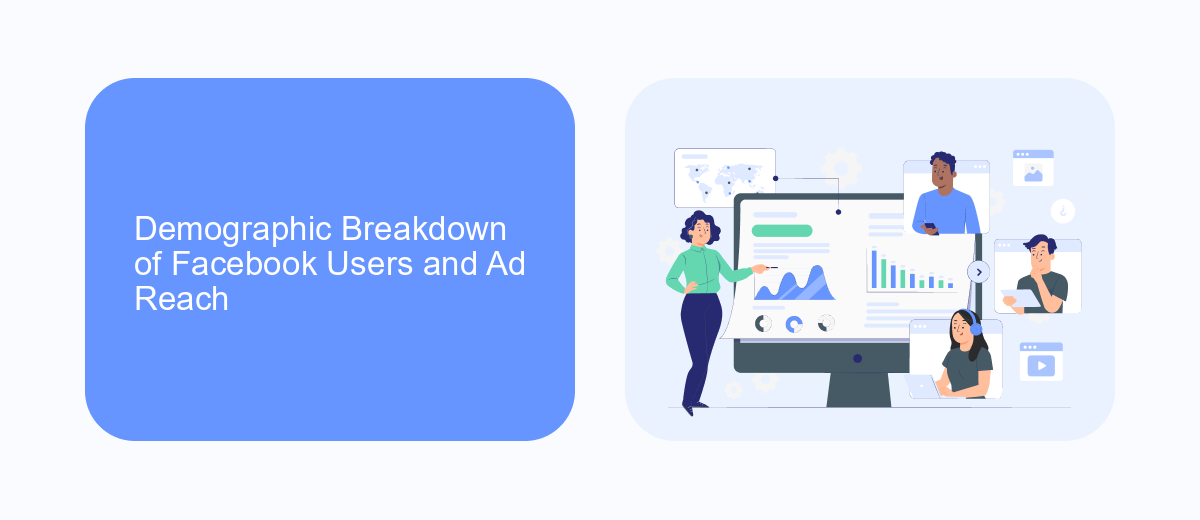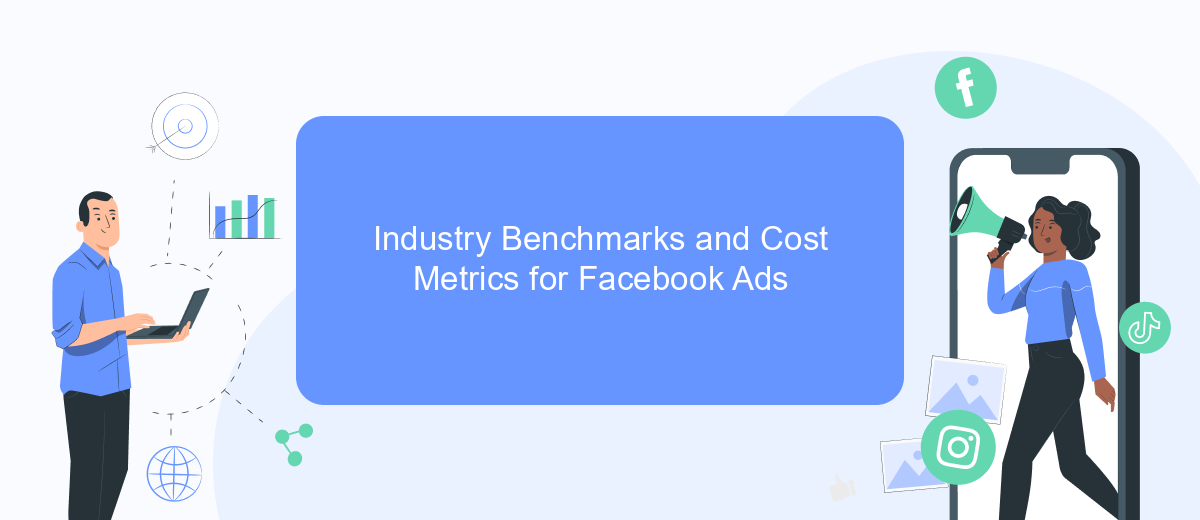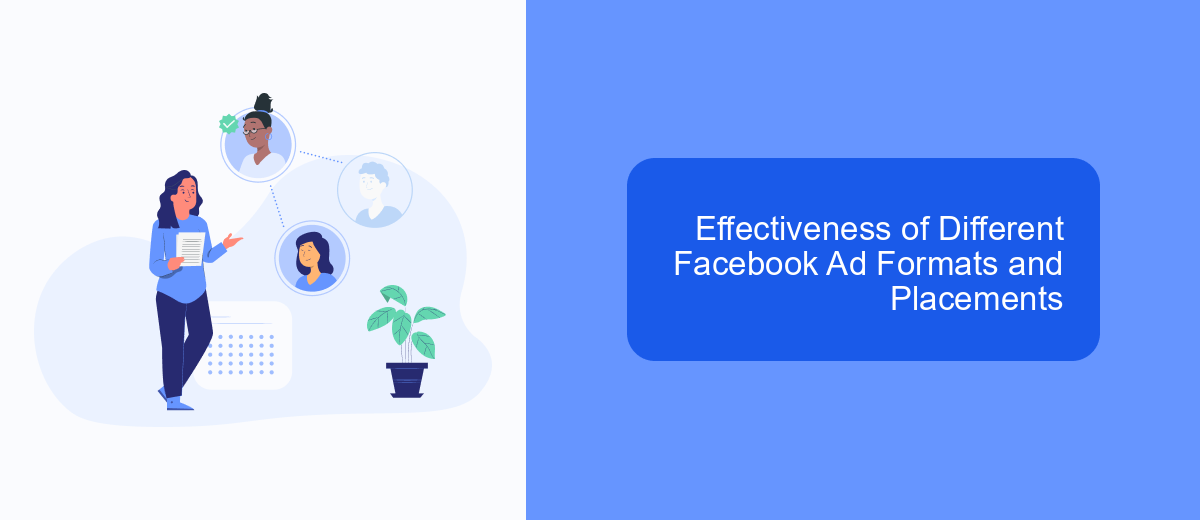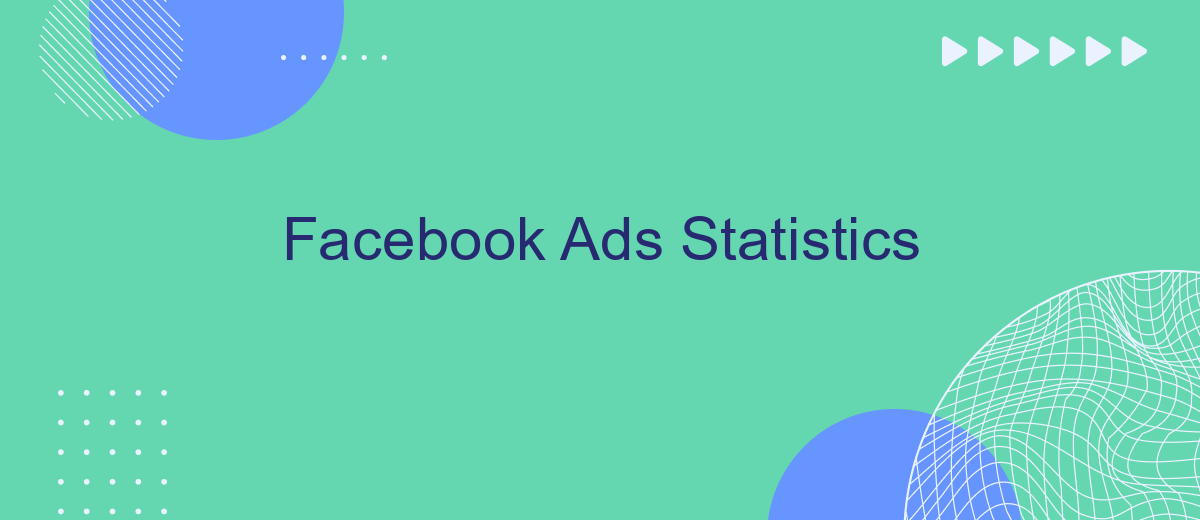In today's digital marketing landscape, Facebook Ads have become an indispensable tool for businesses aiming to reach a vast audience. With over 2.8 billion monthly active users, Facebook provides unparalleled opportunities for targeted advertising. Understanding the latest statistics on Facebook Ads can help marketers optimize their campaigns, allocate budgets effectively, and achieve better return on investment. Dive into the numbers to uncover insights that drive success.
Overall Facebook Ad Performance and Trends
Facebook Ads continue to be a dominant force in digital marketing, offering businesses unparalleled reach and engagement opportunities. With over 2.8 billion monthly active users, the platform provides advertisers with a vast audience to target. Recent data indicates that Facebook Ads are not only effective in driving brand awareness but also in converting leads into customers. The platform's sophisticated targeting options and diverse ad formats allow businesses to tailor their campaigns to specific demographics, interests, and behaviors, ensuring maximum impact.
- Average click-through rate (CTR) for Facebook Ads is approximately 0.9%.
- Video ads have a 20% higher engagement rate compared to image ads.
- Facebook's advertising revenue reached 4.93 billion in 2022.
- Mobile ads account for over 90% of Facebook's total ad revenue.
- Cost per click (CPC) averages around #sml_subkey-0-section-html#.97 across all industries.
As businesses continue to adapt to the digital landscape, Facebook Ads remain a critical component of marketing strategies. The platform's ongoing updates and innovations, such as enhanced machine learning algorithms and augmented reality ads, are expected to further improve ad performance and user engagement. By staying informed about these trends, marketers can optimize their campaigns to achieve better results and a higher return on investment.
Demographic Breakdown of Facebook Users and Ad Reach

Facebook boasts a vast and diverse user base, making it a prime platform for targeted advertising. As of recent statistics, the platform has over 2.8 billion monthly active users. A significant portion of these users, approximately 56%, are male, while 44% are female. The largest demographic group on Facebook consists of individuals aged 25-34, making up about 31.5% of the total user base. This age group is followed closely by users aged 18-24, highlighting the platform's appeal to younger audiences. However, Facebook's reach extends to older demographics as well, with users aged 35-44 and 45-54 also representing substantial portions of the audience.
Advertisers can leverage Facebook's detailed targeting options to reach specific demographics effectively. The platform's ad reach is particularly strong in North America and Europe, but it continues to grow in regions like Asia and Africa. To maximize the potential of Facebook ads, businesses can integrate tools like SaveMyLeads to streamline lead management and enhance campaign efficiency. By automating the process of capturing and organizing leads, SaveMyLeads helps businesses focus on creating engaging ad content tailored to their target audience, ultimately improving conversion rates and return on investment.
Industry Benchmarks and Cost Metrics for Facebook Ads

When it comes to advertising on Facebook, understanding industry benchmarks and cost metrics is crucial for optimizing your campaigns. These metrics provide valuable insights into how your ads are performing compared to others in your industry, allowing you to make informed decisions and improve your return on investment.
- Average Click-Through Rate (CTR): Typically ranges from 0.90% to 1.61%, depending on the industry.
- Cost Per Click (CPC): Varies widely, with an average cost between #sml_subkey-2-section-html#.50 and .00.
- Conversion Rate: Generally falls between 9.21% and 14.29%, with some industries seeing higher rates.
- Cost Per Action (CPA): Often between .68 and .54, influenced by the type of action and industry.
- Return on Ad Spend (ROAS): Averages around 4:1, meaning for every dollar spent, four dollars are earned.
By regularly analyzing these benchmarks, businesses can identify areas for improvement and allocate their advertising budget more effectively. Tailoring your strategy based on these metrics not only enhances ad performance but also maximizes the impact of your marketing efforts on Facebook, ensuring you stay competitive in your industry.
Effectiveness of Different Facebook Ad Formats and Placements

Facebook offers a variety of ad formats and placements, each designed to engage users in different ways. The effectiveness of these formats can vary depending on the target audience and campaign objectives. Video ads, for instance, have been shown to capture attention more effectively than static images, while carousel ads allow for a more interactive experience, enabling users to swipe through multiple images or videos within a single ad.
Choosing the right placement is equally crucial. Ads can appear in various locations such as the News Feed, Stories, or the Marketplace, each offering distinct advantages. News Feed ads tend to have higher visibility, while Stories ads provide a full-screen immersive experience. Understanding the nuances of each placement helps advertisers optimize their campaigns for better results.
- Video Ads: High engagement rates due to dynamic content.
- Carousel Ads: Interactive format that showcases multiple products.
- News Feed Placement: Greater visibility and potential reach.
- Stories Placement: Full-screen experience for deeper engagement.
Ultimately, the success of a Facebook ad campaign hinges on selecting the right combination of ad formats and placements. By aligning these elements with the campaign's goals and audience preferences, advertisers can significantly enhance their return on investment and drive meaningful interactions.


Emerging Trends and Future Predictions for Facebook Advertising
As Facebook continues to evolve, advertisers are witnessing emerging trends that are shaping the future of digital marketing. One significant trend is the increasing focus on video content, with short-form videos gaining popularity among users. Advertisers are leveraging this trend by creating engaging video ads that capture attention quickly. Additionally, the integration of augmented reality (AR) into advertising strategies is becoming more prevalent, allowing brands to offer interactive experiences that enhance user engagement.
Another key trend is the growing importance of automation and integration in Facebook advertising. Tools like SaveMyLeads are becoming essential for marketers, enabling seamless integration of Facebook Ads with other platforms and automating lead management processes. This not only saves time but also enhances the efficiency of advertising campaigns. Looking ahead, we can expect Facebook to further refine its targeting algorithms, providing advertisers with even more precise audience segmentation capabilities, thereby maximizing ad performance and ROI.
FAQ
What are the key statistics I should monitor in my Facebook Ads campaigns?
How can I improve my Facebook Ads performance?
What is a good CTR for Facebook Ads?
How can I automate my Facebook Ads reporting?
How often should I analyze my Facebook Ads data?
What do you do with the data you get from Facebook lead forms? Do you send them to the manager, add them to mailing services, transfer them to the CRM system, use them to implement feedback? Automate all of these processes with the SaveMyLeads online connector. Create integrations so that new Facebook leads are automatically transferred to instant messengers, mailing services, task managers and other tools. Save yourself and your company's employees from routine work.
